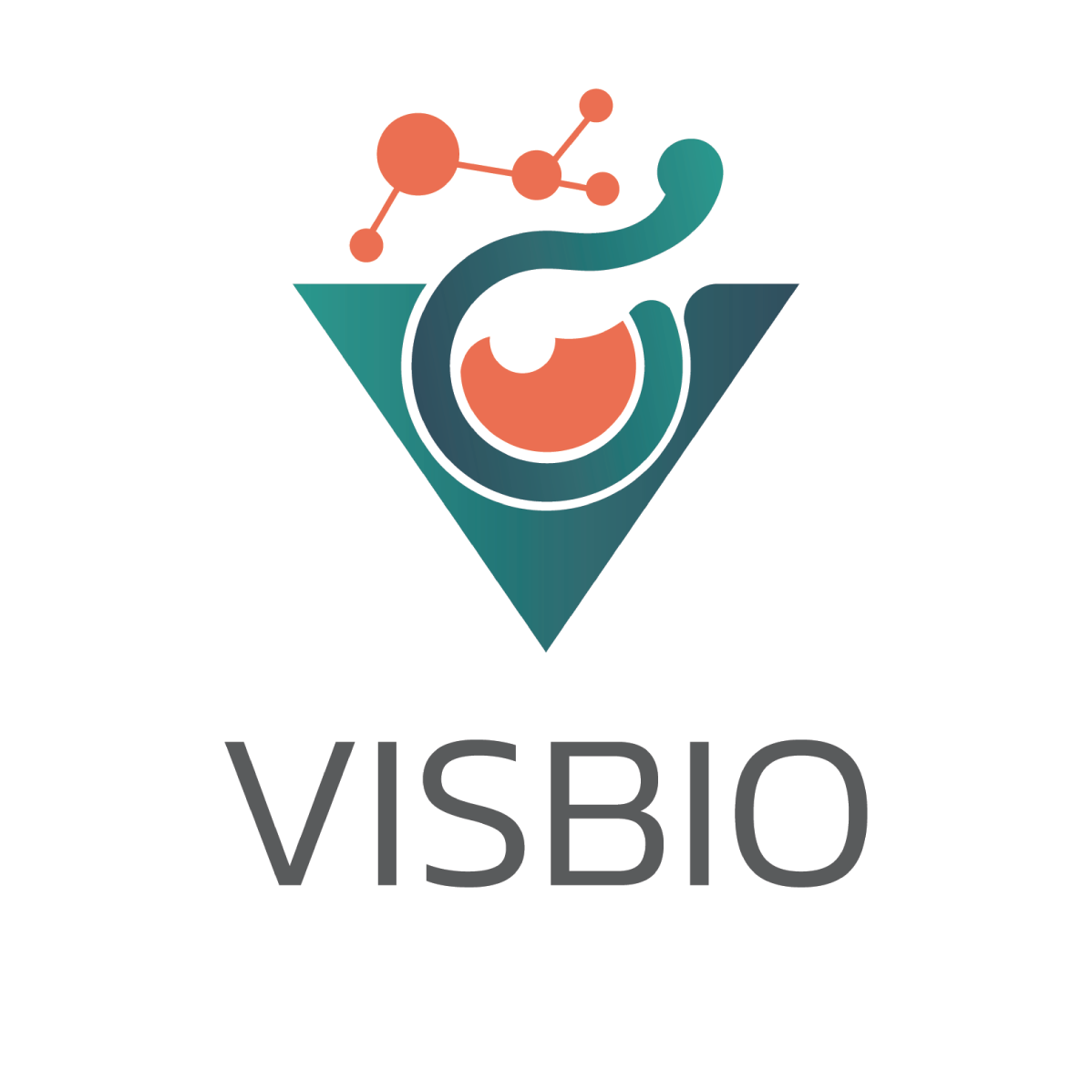
Information on Astaxanthin Quantitative Testing Service Using HPLC Technique
The supplement and cosmetics industries are continuously growing, especially products that contain natural extracts. Astaxanthin, in particular, is gaining significant popularity as a highly effective antioxidant. Therefore, quality control and product standards are extremely important for manufacturers and brand owners to build credibility and consumer confidence. Testing the amount of astaxanthin using the HPLC technique is a crucial tool that ensures your products contain the specified amount of astaxanthin and meet the highest international quality standards, enabling sustainable competitiveness in the market. We, Visbio Co., Ltd. offer astaxanthin content testing services for all products in the health and beauty industry, the food and beverage industry, or the pharmaceutical industry.
What is Astaxanthin?
Astaxanthin is a type of carotenoid compound characterized as a red-orange pigment found in various organisms, particularly in blue-green algae, microorganisms, and marine animals. Chemically, astaxanthin has a long molecular structure comprising rings and carbon chains, and it is fat-soluble but not water-soluble. Astaxanthin is known as a highly effective antioxidant, being 6,000 times more potent than vitamin C and 550 times more potent than vitamin E.
Natural Sources
Astaxanthin is a red-orange pigment found in various organisms, especially in algae, microorganisms, and marine animals. The blue-green algae Haematococcus pluvialis is a significant commercial source of astaxanthin production. This algae can accumulate high amounts of astaxanthin, especially under unfavorable growth conditions such as intense sunlight, high temperatures, or nutrient deficiency. Astaxanthin functions to protect the algal cells from stress.
In marine animals, astaxanthin is abundant in salmon, shrimp, crabs, crayfish, and shellfish. The red-orange color seen in these marine animals results from the accumulation of astaxanthin in their tissues, such as salmon flesh, salmon roe, and shrimp shells. These marine animals acquire astaxanthin by consuming algae or plankton that contain astaxanthin.
Additionally, astaxanthin is found in the yeast Phaffia rhodozyma, a microorganism capable of producing high amounts of astaxanthin and commonly used as a commercial source of astaxanthin production.
However, the amount of astaxanthin found in each organism varies depending on several factors, such as species, strain, habitat, diet, and season.
The Science Behind Astaxanthin's Health Benefits
Astaxanthin exerts its effects by counteracting free radicals, which are unstable molecules naturally produced in the body from metabolic processes and external factors such as pollution, sunlight, smoking, and fried foods. Free radicals damage cells, DNA, and various tissues, leading to diseases and premature aging.
Astaxanthin’s molecular structure allows it to inhibit and reduce the harm caused by free radicals effectively by donating electrons to free radicals, stabilizing them and preventing cellular damage. Additionally, astaxanthin can:
- Reduce inflammation by inhibiting the production of pro-inflammatory substances.
- Stimulate the immune system by increasing the number and efficiency of white blood cells.
- Protect cells from damage by enhancing the efficiency of enzymes responsible for DNA repair.
Health Benefits of Astaxanthin
Astaxanthin offers numerous health benefits due to its potent antioxidant properties, helping prevent and reduce the risk of various diseases. There is extensive research supporting these benefits, as follows:
- Skin Health: Astaxanthin helps protect the skin from UV radiation, reduces wrinkles, increases moisture, and improves skin elasticity. Research has found that consuming astaxanthin for 8 weeks significantly reduces wrinkles and dark spots on the face.
- Eye Health: Astaxanthin helps prevent eye diseases such as cataracts and macular degeneration by reducing cellular damage caused by blue light and free radicals. Studies have shown that consuming astaxanthin for 4 weeks increases blood circulation in the retina and reduces eye fatigue.
- Immune System Enhancement: Astaxanthin stimulates immune function by increasing the number and efficiency of white blood cells. Research indicates that consuming astaxanthin reduces the risk of respiratory tract infections.
- Reducing Cardiovascular Disease Risk: Astaxanthin helps lower cholesterol and triglyceride levels, which are risk factors for heart disease. Studies have found that consuming astaxanthin for 12 weeks reduces LDL cholesterol (bad cholesterol) levels and increases HDL cholesterol (good cholesterol) levels.
- Anti-Inflammatory Effects: Astaxanthin has anti-inflammatory properties, helping reduce inflammation in the body, such as arthritis. Research has shown that consuming astaxanthin reduces pain and inflammation in patients with osteoarthritis.
- Enhancing Exercise Performance: Astaxanthin helps reduce fatigue and increase muscle endurance. Studies have found that consuming astaxanthin before exercise improves muscle strength and endurance.
Astaxanthin Quantitative Testing Service Using HPLC Technique
The HPLC (High Performance Liquid Chromatography) technique is used to separate and analyze various compounds in samples, based on the principles of chromatography, which separates substances by differences in their solubility and adsorption properties. HPLC is highly precise and can accurately and reliably determine the amount of astaxanthin.
Using the astaxanthin quantitative testing service with the HPLC technique helps you:
- Determine the amount of astaxanthin present in extracts or products.
- Control product quality, ensuring that the product contains the amount of astaxanthin specified on the label.
- Develop product formulations to achieve the highest efficacy.
- Build credibility for your brand.
Literature:
- Sohan vir Singh, Yallappa M. Somagond และ Aditya D. Deshpande, 2021, Astaxanthin -King of antioxidants as immune modulator and anti-inflammatory for enhancing productive performance and health of animals, Indian Journal of Dairy Science เล่มที่ 74 ฉบับที่ 1.
- Ambati, R. R., Moi, P. S., Ravi, S., & Aswathanarayana, R. G. (2014). Astaxanthin: sources, extraction, stability, biological activities and its commercial applications—a review. Marine drugs, 12(1), 128-152.
- Tominaga, K., Hongo, N., Karato, M., & Yamashita, E. (2012). Cosmetic benefits of astaxanthin on human subjects. Acta Biochimica Polonica, 59(1), 43-47.


